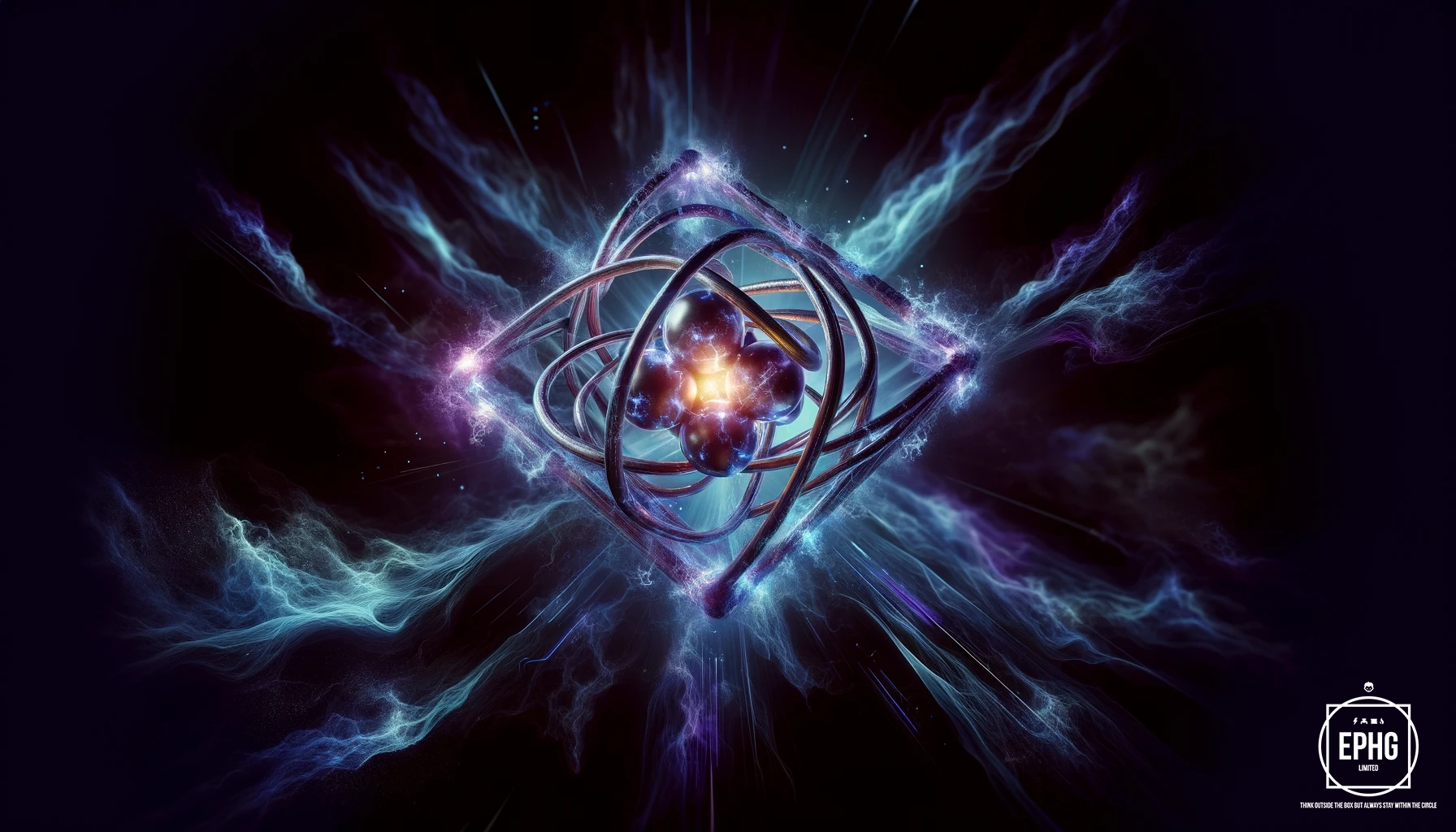Introduction to Moscovium (Mc)
Moscovium, known by the symbol Mc and atomic number 115, is one of the most intriguing elements in the modern periodic table. This synthetic element captures the essence of both scientific innovation and the mystery of the unknown in nuclear chemistry.
The Discovery of Moscovium
Moscovium, with the chemical symbol Mc and atomic number 115, was first synthesized in 2003 by a collaborative team of Russian and American scientists at the Joint Institute for Nuclear Research (JINR) in Dubna, Russia. This discovery was a landmark event in the field of synthetic elements, marking the addition of a new, superheavy element to the p-block of the periodic table.

The successful synthesis involved the fusion of atoms of americium-243 with ions of calcium-48, a process that produced four atoms of Moscovium-288. Each of these atoms exhibited a half-life of just milliseconds, decaying by alpha emission. This achievement not only expanded the periodic table but also deepened scientific understanding of the structure and behavior of superheavy nuclear matter. The collaboration and subsequent discovery highlighted the potential for further advancements in nuclear physics and the chemistry of superheavy elements, paving the way for more targeted research in the stability and properties of such exotic matter.
Scientific Significance of Moscovium
The synthesis of Moscovium has opened new avenues in the study of nuclear physics and chemistry. Its properties are crucial for the development of theoretical models that explain the stability and behavior of superheavy elements. Furthermore, Moscovium's existence challenges existing scientific theories about atomic structure, offering a new perspective on the limits of the periodic table.
Technological Applications of Moscovium
While Moscovium currently has no direct applications due to its high radioactivity and extremely short half-life, future technological advancements may allow for its use in areas such as energy production and materials science. Researchers are particularly interested in how Moscovium's properties could be harnessed to create more efficient nuclear reactors or in the development of new materials that can withstand extreme conditions.
Pure Moscovium: Unveiling the Essence of Element 115

Pure Moscovium, a superheavy element with the atomic number 115, embodies the pinnacle of scientific pursuit in the field of synthetic elements. As a purely synthetic creation, Moscovium does not occur naturally and can only be produced under highly controlled experimental conditions. Its synthesis involves intricate nuclear reactions that yield only a few atoms at a time, each decaying rapidly within milliseconds. This fleeting existence makes studying pure Moscovium a formidable challenge. Despite these difficulties, researchers continue to explore its potential, driven by the hope that understanding its properties could unlock new insights into nuclear stability and lead to breakthroughs in materials science and other advanced technologies.
Future Prospects and Challenges
Looking forward, the exploration of Moscovium will likely focus on the synthesis of more stable isotopes and the potential discovery of new chemical properties. Scientists remain hopeful that continued research could lead to breakthroughs that extend beyond the laboratory, influencing fields such as energy, technology, and materials science. The ongoing study of Moscovium not only broadens our understanding of chemical elements but also enhances our capability to innovate and discover.
Production of Moscovium
Moscovium is not naturally occurring and cannot be mined like conventional minerals. Instead, it is created synthetically in particle accelerators through a precise and complex process known as hot fusion. In this process, lighter elements such as americium are bombarded with ions of calcium to produce Moscovium. The typical reaction involves accelerating calcium ions to high speeds and directing them towards a target made of americium, resulting in the fusion of nuclei to form Moscovium, albeit momentarily before it decays.
Associated Elements and Synthesis
While Moscovium itself is not mined, the elements used in its creation, such as Americium and Calcium, are critical. Americium is a synthetic element produced in nuclear reactors, while Calcium, a more common element, is mined in various parts of the world from limestone deposits. The process to synthesize Moscovium takes place in highly controlled laboratory environments equipped with particle accelerators and sophisticated detection equipment to observe and study the element’s properties.
Current Applications of Moscovium
As of today, Moscovium does not have practical applications due to its extreme instability and short half-life, which limit its existence to a few milliseconds post-synthesis. Current uses of Moscovium are primarily confined to scientific research, where scientists study its properties to gain insights into the behavior of superheavy elements in the periodic table.
Future Prospects of Moscovium

The future study of Moscovium is expected to yield valuable insights into the properties of superheavy elements. Researchers are particularly interested in its potential to help discover new elements that could occupy the hypothesized "island of stability," where superheavy elements might exhibit longer half-lives and greater stability. This could open up new avenues in materials science, with applications in industries ranging from aerospace to nuclear medicine, provided that stable isotopes of Moscovium can be synthesized.
Looking ahead, if Moscovium can be synthesized in more stable forms, the implications could be profound. It might lead to groundbreaking advancements in energy production, such as new types of nuclear reactors that use superheavy elements for more efficient and safer energy generation. Additionally, Moscovium’s potential radioactivity properties could revolutionize radiation therapy in medical treatments, offering more precise and less invasive options than current methodologies. Speculatively, stable Moscovium could also lead to the development of new, ultra-durable materials capable of withstanding extreme environments, which would be invaluable in space exploration and other high-tech applications.












